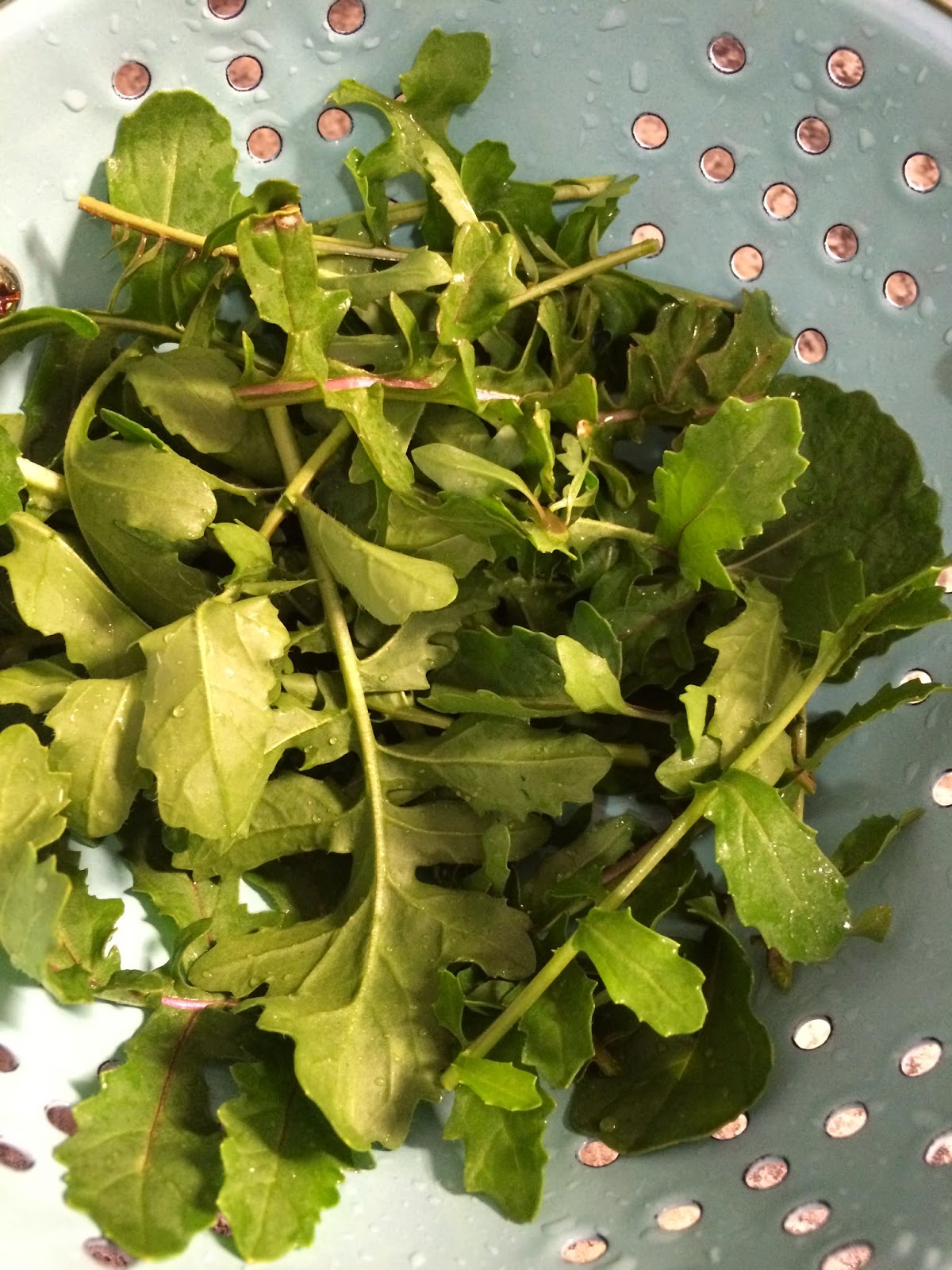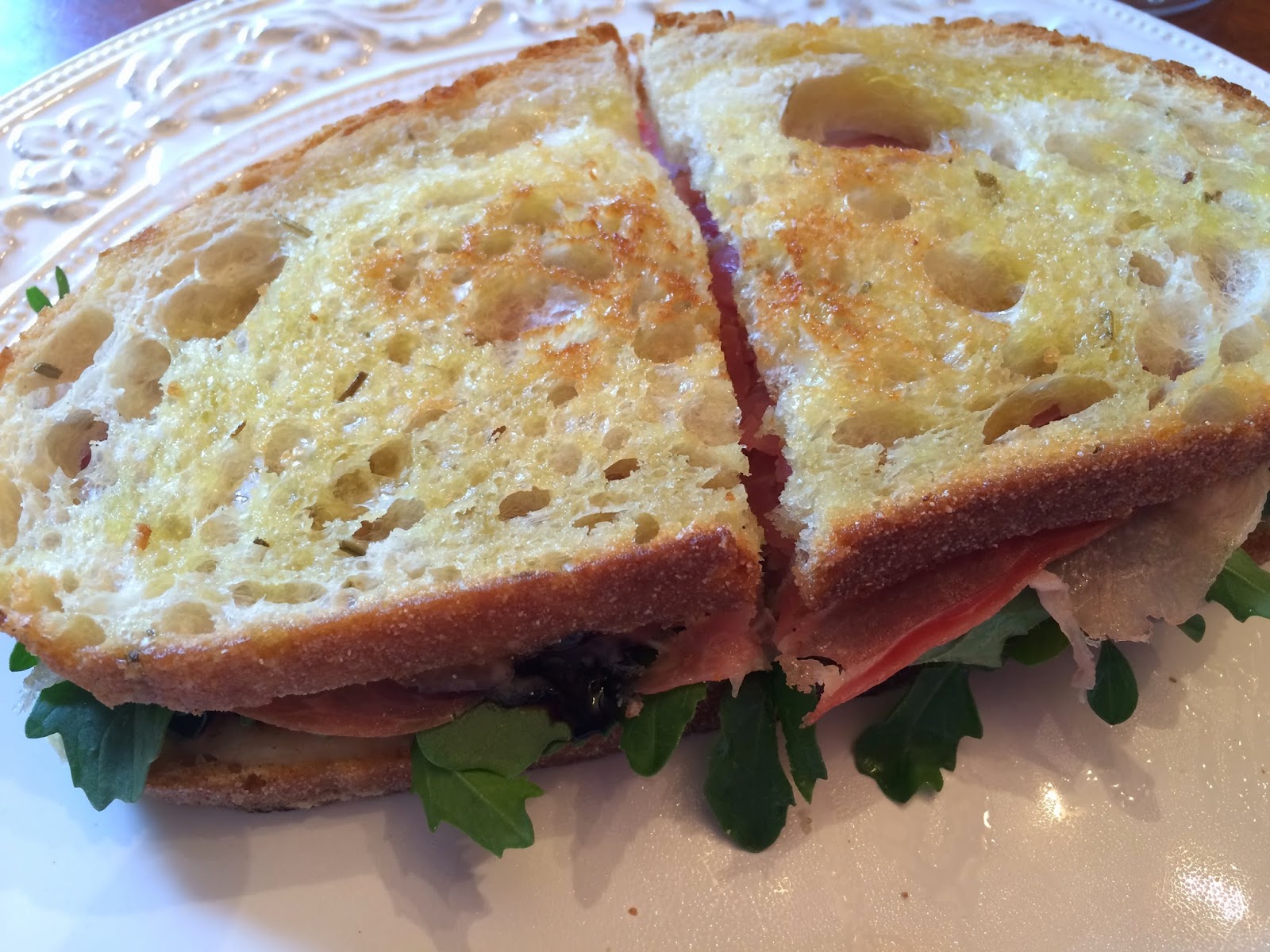Melly is ready to celebrate!!! She's such a party animal.
Ok, today is the 4th, but I'm posting a day early so you can get your ingredients ready for the enchiladas tomorrow night!
(And happy 30th birthday to my dear friend, Mary Anne today!)
I'm sharing this recipe because it's something I made up and have cooked for several friends, and it's always a hit. They always ask for the recipe, so I assume they aren't just being nice.
It's easy. It's basically two dishes to wash (unless you make the enchilada sauce yourself, then it's three) and the cutting board. I really dislike washing dishes...
4-6 chicken thighs (or breasts, whichever you please)
1 small onion (or onion powder)
1-2 cloves of garlic
1-3 jalapeños (depending on how hot you like it)
1 bell pepper
1 pint jar/can of Rotel diced tomatoes
1-2 cups of kerneled corn (or a can of Mexicorn)
Mushrooms (I use portobello, approximately half a pack)
Cilantro (a handful)
Cream cheese (1 pack or less)
Flour tortillas
1 can enchilada sauce (or half a batch of Emeril's easy enchilada sauce recipe--yummo.)
1/2 cup mozzarella
Note on the Rotel tomatoes: my mother-in-law puts them up Rotel style with a little lime, peppers, cilantro and onions already in them--perfect.
And for the enchilada sauce: the green tomatillo sauce is actually probably my favorite. Though I didn't have tomatillos for this batch, I do have some tomatillos sprouting in my garden!!
I don't have exact quantities to this recipe because it's kind of one of those use-what-you-have, throw-it-in-a-pot type dishes. Plus, it's nice to sometimes live free like a hippy. Just go with it.
Flavor to your taste preference... how about that?!
STEPS:
Cut chicken into bite-size pieces. Season with salt n peppa, ground cumin, oregano, and a tad of chili powder. (Season to taste. For cumin, I use a dime size in my palm and a quarter size for oregano.)
In a skillet, brown the chicken in olive oil.
When the chicken is cooked, remove from the skillet. You'll add it back in the end.
Saute garlic and onions in the same skillet. (Or use onion powder if someone doesn't like the texture of onions!)
Add peppers and corn. Drain some of the liquid off of the Rotel tomatoes (if using canned), and add the tomatoes.
Cook for 15-20 minutes, or until liquid is cooked off and any frozen ingredients are cooked.
If you're making the enchilada sauce, now is a good time to start.
Also, now is a good time to preheat the oven to 375 degrees.
Add fresh chopped cilantro to the skillet and stir in. (Dried cilantro works if fresh isn't available.)
Once the tomato juice has evaporated, it's time for the cream cheese... Now, I'll go ahead and tell you...cream cheese is like a party--the more, the merrier.
Really. The more cream cheese you add, the creamier. Obviously. I usually use half to three-quarters of the 8 oz pack, depending on how much of the gumbo filling I've made. For this particular batch, I used the whole pack! At first it didn't seem creamy enough.. (and I went for a run this morning... and those things cancel out, ya know?!) But, when Buck tasted it, he was like, "Oh wow! That is so good!"
So, there you have it... Add as much cream cheese as you like. And remember, you only live once.
Oh, and I also used the cream cheese with one-third of the fat... because I didn't run for that long this morning!
Once you've got the cream cheese mixed in, grab a plate and put a tortilla shell on it. Spoon some of the mix into the shell and roll it up.
I like to stuff them full, though it irritates me when chunks of goodness fall out of the ends. I also fold one end up around the filling and then roll them (Taco Bell style) to try to remedy the chunks bursting out of the ends.
Drizzle some olive oil in a pan or whatever oven-safe dish you please, and line the wraps up. Pour enchilada sauce over them. Then, top with a little mozzarella if you wish. They are good with or without the cheese on top, in my opinion. But, cheese is soooo good (says everyone except my daddy).
Bake them for 15-ish minutes, until they are brown on top... or whenever you finish cleaning up the pots and spoons--so you won't have to do it after supper!
Then, sit down to a nice meal with your family and/or friends!
(Ok, obviously, I haven't mastered the art of food photography... and, because my husband was in a hurry to eat, I broiled them on low for the last minute--hence, the nearly burnt look of the cheese.)
And.... I know that I'm advocating for processed cream cheese in this recipe, and I apologize! I try to eat clean... meaning minimal processed foods, minimal hormone-added products, minimal chemicals sprayed onto food (etc), and minimal Chick-fil-A... but, come on! This southern girl loves fried chicken (and sweet tea)! And yes, life is busy. But, I do try. For this recipe, I used Trader Joe's organic thighs. The tomatoes are usually homegrown, but I'm out until the tomatoes start coming in this summer. The corn was frozen from last year (with the jalapeños in it), and the cilantro is from our deck container herb garden! The onion was store bought. Still, this recipe is so flexible. If you have spinach in your garden, throw some in the pot towards the end. Be creative! You're using cream cheese... it really covers imperfections of non-measuring, cooking hippies like me!
One more thing... you can make your own fresh flour tortillas too! Whole wheat even! A friend of mine, a mother of nine (NINE, as in 9), does this... so I really need to step it up. Her recipe can be found here: http://www.thisfamilytree.org/pass-the-pupusa/
Thanks for reading today! Please let me know if you make this recipe, and love it, like it, or hate it. Happy Cinco de Mayo!
Also, the moment you've all being waiting for....
VIOLET JELLY WINNER: Liz Frank! Thanks for following, Liz! Please comment below or message me on Facebook.. So I can get your address and send your jelly!





















































